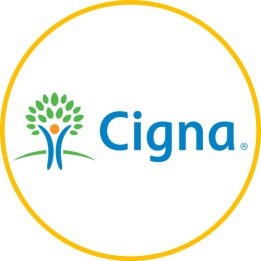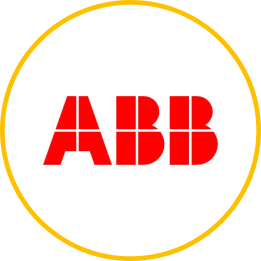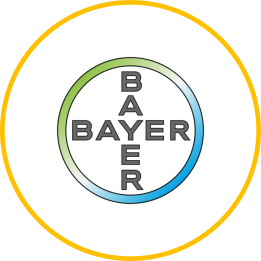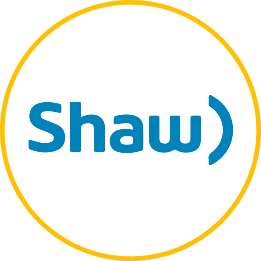It is not easy to understand or appreciate the full potential of a document automation solution until the organization starts using it, and starts using it intensively.
No expert can estimate the extent of the opportunity for automation in an organization, if the expert does not maintain intimate knowledge of the organization's environment. The organization's processes, systems, data, and content form the framework in which the automation solution is deployed. This framework defines the opportunity for automation. Typically, there is plenty.
The path to document automation for most organizations is:
- They have a very specific document creation/automation/compliance issue.
- They start looking for an automation solution.
- They either find a point solution (maybe a custom Word mail-merge/VBA template, or a simple document automation solution) and their journey ends, or...
- They find an enterprise-scale solution and deploy it to fix the document issue at hand.
- They roll out the proven existing document automation solution into other parts of the business.
There is nothing wrong with a point solution if there is no chance that an enterprise-scale automation solution would produce an acceptable return on investment in the project at hand. However, often a few teams from different parts of the organization put together two or more projects to create a proper return on investment for the organization. Later, this foresight is a boon for other business users, because they can deploy the automation solution to other areas of the business at little or no extra cost.
To return to the use cases, these are some of the bigger customers which ActiveDocs has worked with:
ActiveDocs works with smaller organizations as well:
- A boutique legal firm serves thousands of customers with its documents-as-a-service solution. Customers create their legal documents online and pay for them with a credit card.
- An emergency response planning firm that serves many large companies from the Fortune 500 automated creation of response plans. For implementation in user-driven mode, it connected its templates to fifteen data sources and automated its documents - which are of significant size and complexity - in two weeks.
- A health and safety business automated the creation of health and safety procedures, so that it can serve more customers and produce documents more efficiently and accurately.
If there are any communications that an organization finds time-consuming to create and/or sensitive to inaccuracies, there is a good chance that document automation will be able to help.
As an example of a higher-end use-case, document automation can enable a user to take photos on their smartphone and write a description, then retrieve the images and descriptions from a cloud repository, insert them into a report, use the GPS coordinates of the location where the photos were taken to insert location maps into the report, generate QR codes that can be scanned, ask a few complementary questions, allow for the attachment of additional PDF files, retrieve data from several sources, generate the custom report document, send it for approval, and, after approval, insert signatures, then dispatch the document via email or print. Finally, it can be sent for storage in a document management system.
You can learn more about document automation use cases across industries in the case study section of our website.







